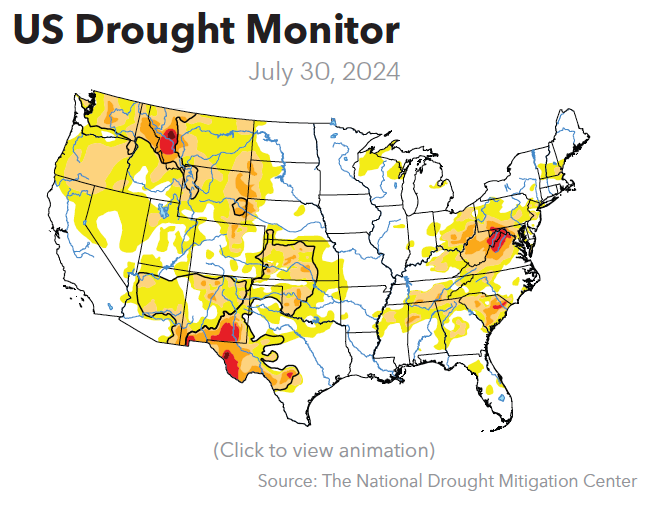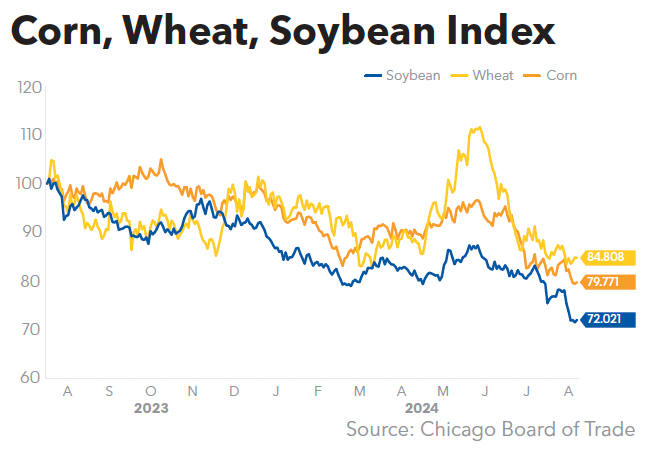US Gulf:
Travel
through Port Allen Lock was scheduled to be unavailable July 30 through Aug. 3
and again on Aug. 12-15 to complete repairs begun in March. Port Allen Lock was
closed for nearly a month after a miter gate hinge anchorage failure on March
28.
Bayou
Sorrel Lock guidewall work scheduled
through Oct. 30 restricted travel between 7 a.m. and 4 p.m. Delays of 5-18 hours
were reported, according to Corps data, up from 10 hours at last report.
Repairs at Brazos Lock are projected to stretch into October, limiting weekday
passages from 7 a.m. to 7 p.m. Delays were reported up to 72 hours during the
week.
Equipment
inspection and hurricane preparations shut Industrial Lock on July 25-27,
according to a Corps posting. Lingering delays from the closure were noted at
55 hours on Aug. 1, with 23 vessels counted in line to lock.
Outsized delays were reported at Algiers Lock due to
the shutdown at Port Allen Lock, with midweek wait times noted up to 24 hours.
Sources quoted intermittent 5-8 hour delays at Harvey Lock, and tows transiting
Calcasieu Lock waited up to nine hours to pass. Corps data showed a handful of
4-11 hour passages at Colorado Lock.
Mississippi River:
Sources reported
logistics impacts due to heat throughout much of the Mississippi River during
the week. Heat warnings were posted from New Orleans through at least Cape
Girardeau, Mo., with New Orleans and Baton Rouge, La., under a heat advisory on
Aug. 1, while Vicksburg, Miss., St. Louis, Memphis, Tenn., and Cape Girardeau
were subject to excessive heat warnings on that date.
Southbound
travel is unavailable between 7 a.m. and 7 p.m. at Mile 759 of the lower river
through an estimated Sept. 18 due to rock placement. Travel was blocked through
the Fort Madison Bridge from 9 a.m. to 2 p.m. on July 28 and Aug. 1.
Sporadic
five-hour delays were reported at Locks 18-20, and tows regularly waited 4-7
hours to transit Lock 27. The Cumberland River’s Old Hickory Lock was slated to
return from hydraulic line replacement on Aug. 1. The site was previously
closed to daytime travel on June 10-27.
Illinois River:
Sources
continued to report dredging underway at Miles 87-88 of the Illinois River. The
dredge was active from 6 a.m. to 6 p.m., though minimal impacts to navigation
were reported. Larger tows were advised to contact the dredge prior to arrival
if extra passing room is required.
Loading drafts on the Illinois River continued at a
maximum 9.5 feet for Miles 1-231 and nine feet above Mile 231.
Lockport Lock at Mile 291 is scheduled to shut down
in 2025 from Jan. 14 through March 11 for vertical lift gate installation,
blocking passage to the Chicago area.
Ohio
River:
Falling water
levels on the lower river held draft limits at a maximum 10-10.5 feet,
depending on location and direction of travel, sources noted. Tow lengths were
permitted up to 15 barges.
McAlpine Lock is closed to downriver
travel from 7 a.m. to 7 p.m. through Nov. 30, with delays reported up to 10
hours. Work reported blocking access to
the Markland Lock main chamber for 19 hours daily was scheduled to pause on
Aug. 2. The project will resume on Aug. 12 and run through Sept. 6,
necessitating detours through the auxiliary chamber.
The main chamber at Hannibal Lock is closed until
Nov. 8 for miter gate repairs, resulting in delays up to nine hours.
The
primary chamber at John T. Myers Lock will shut to navigation from Aug. 21 to
Nov. 9. A similar closure in October 2023 produced four-day delays. Belleville
Lock will undergo a round of 30-day main and auxiliary chamber shutdowns before
the end of the year.
Daily
closures for gate fender replacement at the Tennessee River’s Kentucky Lock
were extended through Aug. 10, with delays noted up to 12 hours. The project
was previously scheduled through July 24. Wilson Lock is shut to daytime travel
through Aug. 8, triggering waits in a wide 6-42 hour range.
Arkansas
River:
Van Buren Bridge
repairs are set to begin on Aug. 22 and run through Sept. 8. Crews will attempt
to pass waiting vessels following the ninth day of work, sources said, though
shuttle barges will be permitted to pass whenever the channel is free of
equipment. The bridge is located at Mile 300.8 of the Arkansas River.
Webbers Falls Lock will close on Aug. 26 through
Sept. 8 for miter gate inspections. Sources predicted intermittent delays in
the weeks leading up to the closure.

